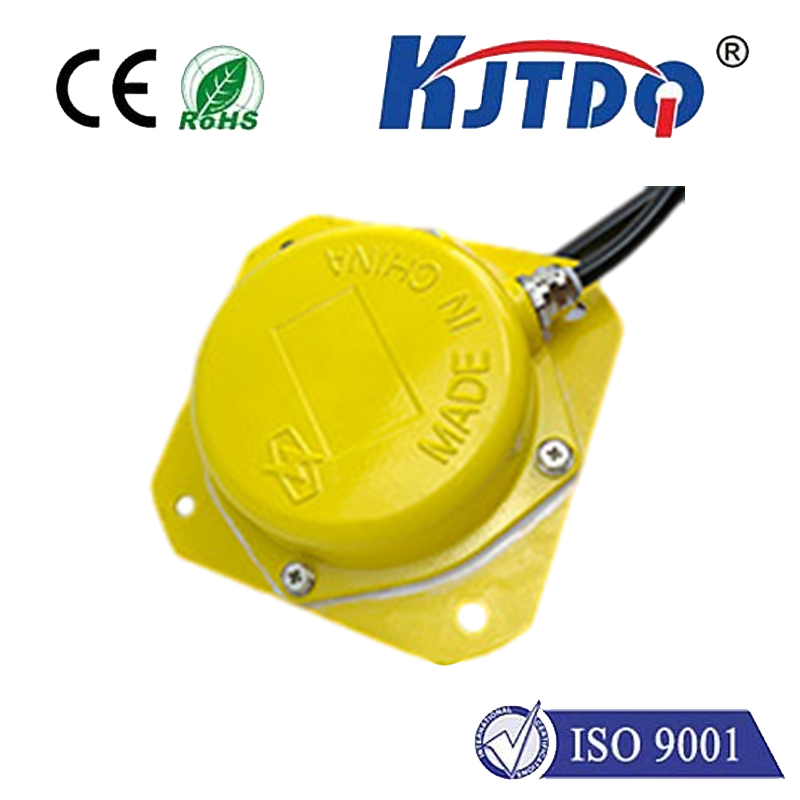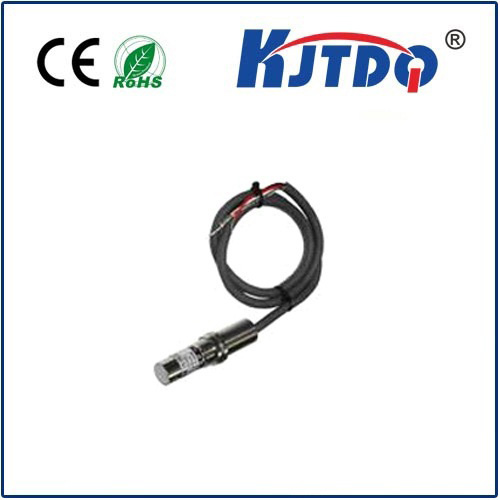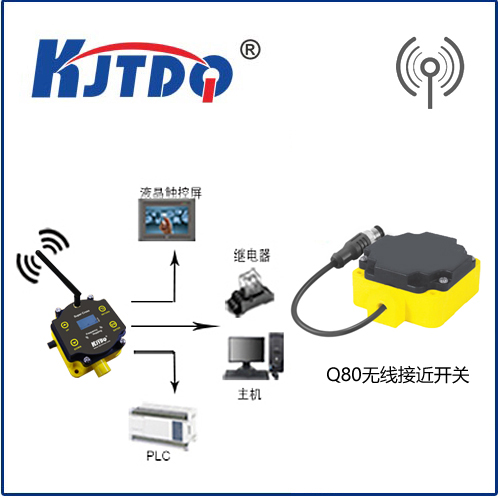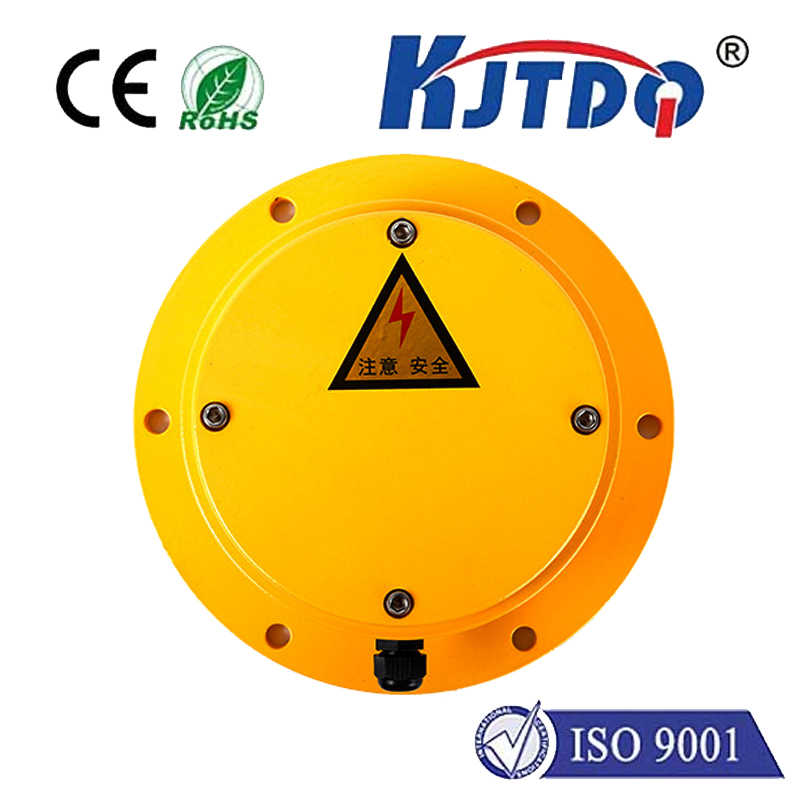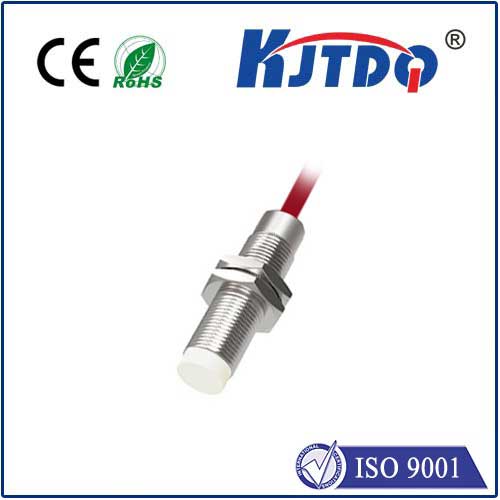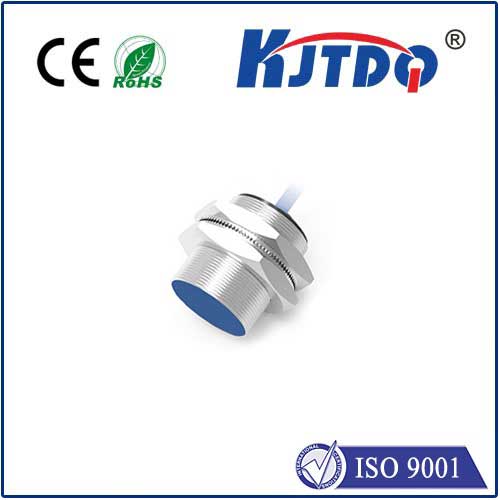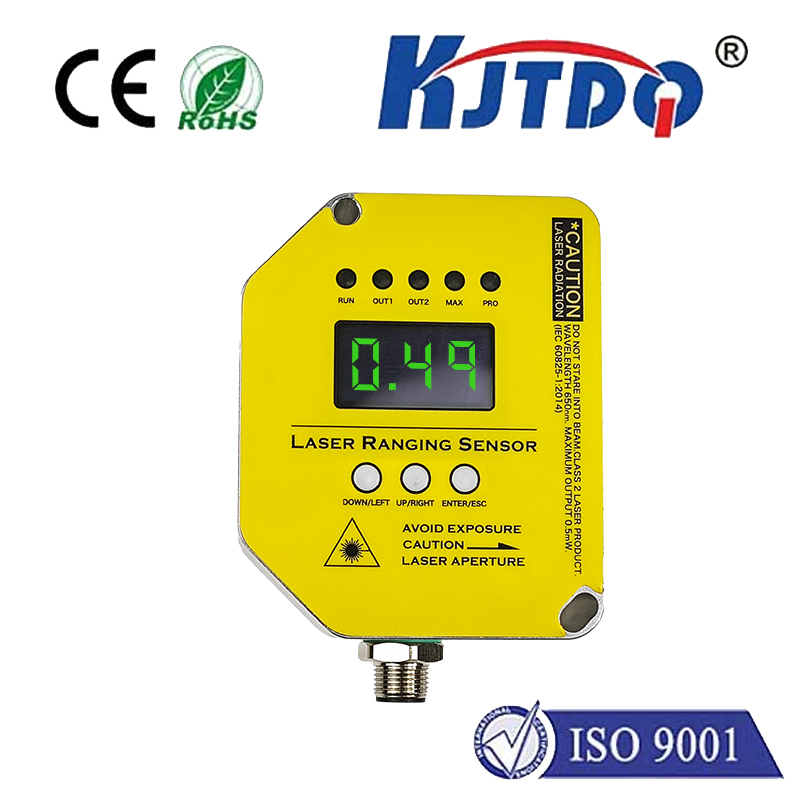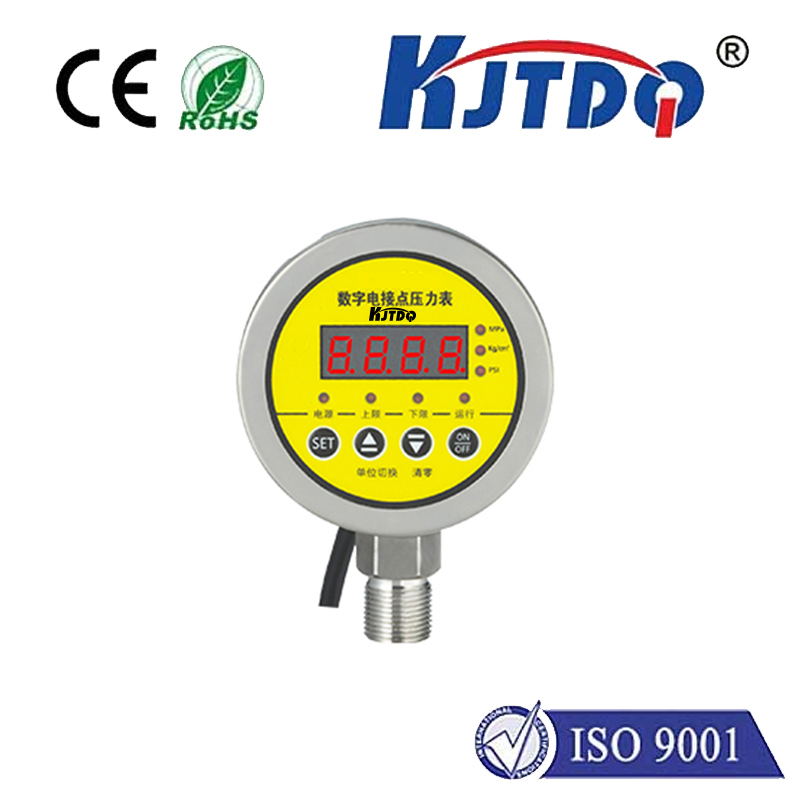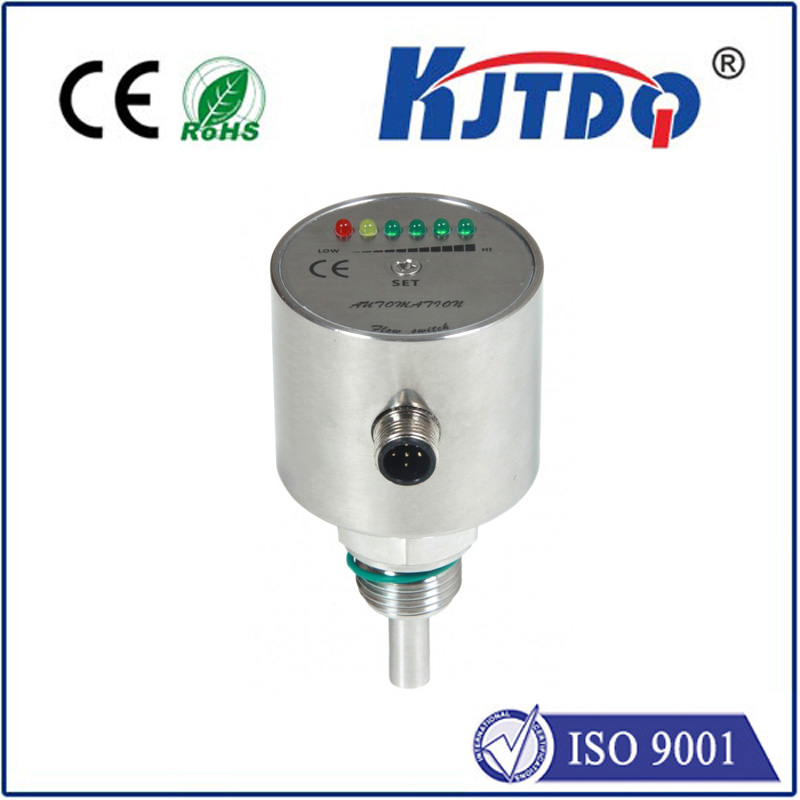high speed optical sensor
- time:2025-08-16 01:43:09
- Click:0
High Speed Optical Sensors: Capturing Light at Lightning Speeds
Imagine needing to see something moving faster than the human eye can possibly follow. A bullet piercing a target, a vibration in a high-speed turbine, the fleeting interaction of subatomic particles – these events demand a different kind of “eye.” That’s precisely where high speed optical sensors step onto the technological stage, acting as critical enablers across countless industries. These sophisticated devices convert rapid light variations into corresponding electrical signals with astonishing speed and precision, unlocking a world previously hidden in the blur.
The Essence of Speed: What Defines a High Speed Optical Sensor?
At their core, optical sensors detect light. But high speed signifies their exceptional ability to respond to changes in light intensity at microsecond, nanosecond, or even picosecond timescales. This translates to capturing millions, billions, or trillions of individual optical events every second. Key characteristics include:
- High Bandwidth: The sensor’s ability to faithfully reproduce rapid light fluctuations without distortion.
- Fast Response Time: The time taken for the sensor to react to a change in light input and generate a corresponding output signal.
- High Frame Rate (for Imaging Sensors): The number of complete images captured per second.
- Low Signal-to-Noise Ratio (SNR) at High Frequencies: Maintaining signal clarity even when detecting very brief light pulses.
The Technology Inside: How Do They Achieve Such Velocity?

Achieving this performance relies on advanced semiconductor technology and clever design:
- Photodiode Fundamentals: Most high-speed sensors utilize rapidly responding photodiodes like PIN photodiodes or avalanche photodiodes (APDs). PIN diodes offer good speed and linearity, while APDs provide internal signal gain, boosting weak signals at the cost of higher complexity and potential noise.
- Materials Matter: Semiconductors like Silicon (Si) dominate the visible and near-infrared range, while Indium Gallium Arsenide (InGaAs) is crucial for high-speed detection in short-wave infrared (SWIR). Gallium Nitride (GaN) is emerging for UV applications demanding speed.
- Minimizing Capacitance: Parasitic capacitance significantly limits speed. Designers employ techniques like small active areas, specialized doping profiles, and optimized packaging to keep capacitance ultra-low.
- Advanced Circuitry: Integrating the photodetector with low-noise, high-bandwidth amplifiers and signal conditioning circuits directly in the package (e.g., Transimpedance Amplifiers) is critical for preserving signal integrity and speed off the chip.
- Specialized Variants: For imaging, high-speed CMOS image sensors leverage parallel readout architectures and in-pixel processing to achieve impressive frame rates far exceeding traditional CCDs. Photomultiplier Tubes (PMTs) and Silicon Photomultipliers (SiPMs) offer exceptional speed and single-photon sensitivity for demanding applications like LiDAR or particle physics.
Powering Innovation: Diverse Applications Demanding Speed
The unique capabilities of high speed optical sensors make them indispensable in fields where microseconds matter:
- Industrial Automation & Manufacturing: High-speed machine vision systems rely on these sensors for defect detection on fast-moving production lines (e.g., bottling plants, semiconductor manufacturing), precise quality control, robotic guidance, and laser process monitoring (welding, cutting).
- Telecommunications & Data Centers: The backbone of high-bandwidth fiber optic networks requires ultra-fast photodetectors to convert optical signals back to electrical signals at multi-gigabit or terabit speeds, enabling internet and data transfer at the pace of modern demands.
- Scientific Research: From capturing molecular dynamics with femtosecond lasers to monitoring fusion experiments or tracking fast particles, high speed photodetection is fundamental in physics, chemistry, and biology for probing the fundamental nature of matter and light.
- Automotive & LiDAR: Advanced Driver Assistance Systems (ADAS) and autonomous vehicles heavily depend on LiDAR (Light Detection and Ranging). High-speed sensors are vital for accurately measuring the time-of-flight of laser pulses to map the environment in real-time under varying conditions.
- Biomedical Imaging & Diagnostics: Techniques like Optical Coherence Tomography (OCT) for eye imaging and intravascular scans, flow cytometry, and time-resolved fluorescence spectroscopy require sensors capable of capturing rapid light interactions within biological tissue.
- Defense & Aerospace: Missile tracking, laser warning systems, secure communications, and hypersonic research all leverage the speed and sensitivity of advanced optical detectors.
Challenges and Future Trajectory: Pushing the Boundaries
Despite impressive advancements, challenges remain:
- Balancing Speed, Sensitivity & Noise: Increasing speed often requires reducing the active area, which decreases sensitivity. Managing inherent electronic noise at ultra-high frequencies is a constant battle.
- Cost & Accessibility: Cutting-edge, specialized high-speed sensors (especially in exotic materials like InGaAs for SWIR) can be expensive, limiting wider adoption.
- Integration Complexity: Packaging high-speed sensors with the necessary electronics while maintaining signal integrity and thermal management is intricate.
Future developments are focused on:
- Higher Bandwidths & Frame Rates: Continuous push towards terahertz bandwidths and megahertz to gigahertz frame rates for imaging.
- Improved SWIR & UV Sensors: Enhancing the speed, sensitivity, and affordability of sensors operating beyond the visible spectrum.
- Integration with AI/ML: Embedding processing power closer to the sensor for real-time analysis of high-speed data streams.
- New Materials & Architectures: Exploring 2D materials (like graphene), quantum dots, and novel detector designs for enhanced performance.
The Unseen Engine of Progress
High speed optical sensors are more than just components; they are the critical interface between the fleeting world of light-speed phenomena and our ability to measure, analyze, and ultimately control it. From ensuring the quality of everyday products to enabling breakthroughs in science and the safety of autonomous vehicles, their ability to capture light at lightning speeds is fundamental to modern technological advancement. As research pushes the boundaries of speed and sensitivity, these sensors will continue to illuminate the path toward discoveries and innovations we can only begin to imagine, always operating silently, precisely, and incredibly fast.












